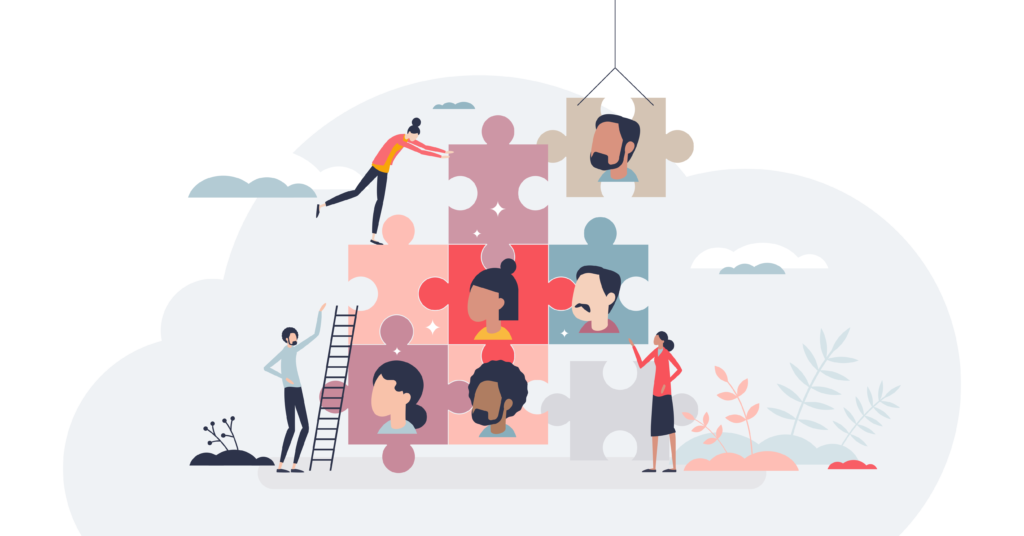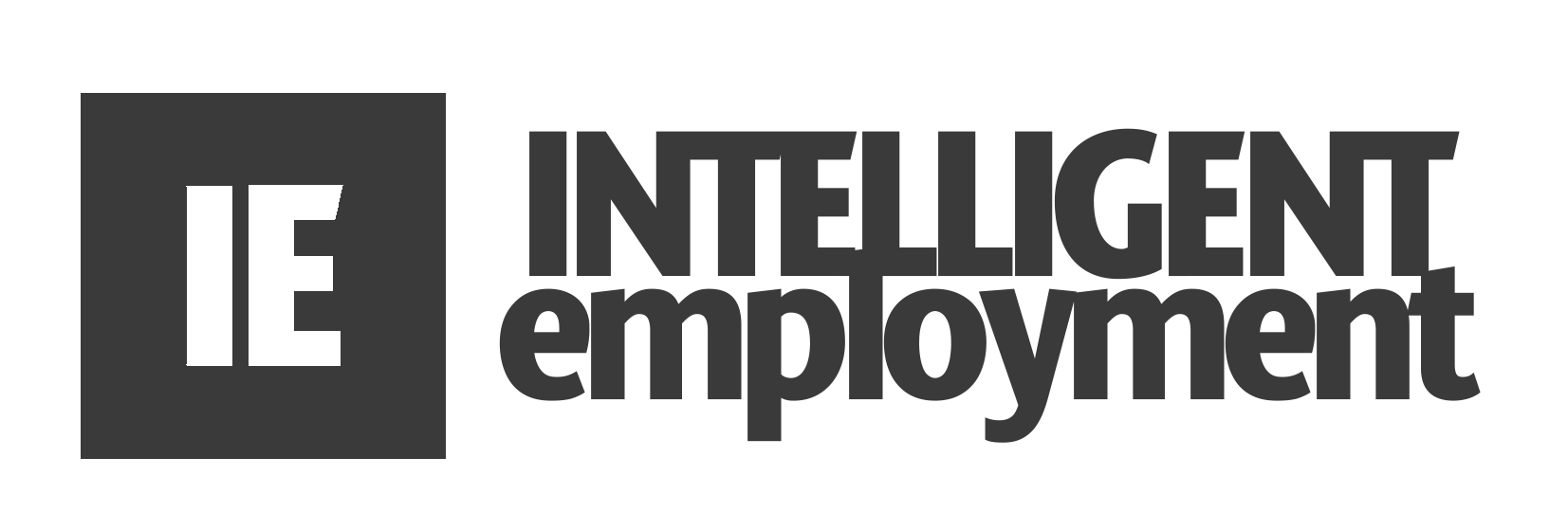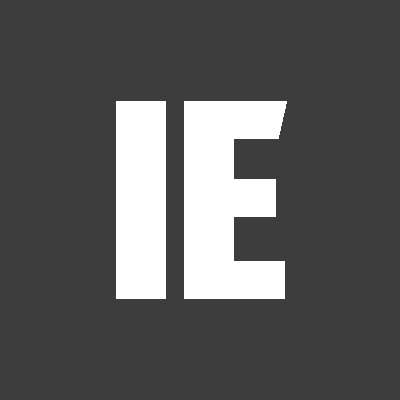The Sustainable Recruitment Checklist
Expanding your workforce can be a crucial component for capturing more market share. This rings particularly true in industries like Cleantech, Renewable Energy, and Climate Tech, where projects such as EV Battery manufacturing, Green Steel manufacturing, and Hydrogen are undergoing mass recruitment in order to gain a competitive edge.
But that might be easier said than done. We have seen that many companies in the industry are struggling with the fact that recruitment often becomes a stumbling block. Growth requires more team members, yet the recruitment process itself can slow that growth. Juggling revenue tasks with hiring tasks can lead to high stress and unmet expectations. This article presents a concise checklist that addresses these dual challenges, aiming to make your recruitment process both efficient and stress-free.
1. Automate Preliminary Screening
Automated software can sift through initial applications based on predetermined criteria like experience and skills. This frees up valuable time that can be directed towards revenue-generating activities. Here is a breakdown of the process:
Setting Criteria: Before the screening begins, set up the criteria that are essential for the role. This could include specific skills, years of experience, educational qualifications, etc.
Automated Scanning: Once applications start coming in, the software scans each resume and cover letter for the criteria you have set. It does this by looking for keywords, phrases, or even specific qualifications.
Ranking and Filtering: The software can either give each candidate a score based on how well they match the criteria or simply filter out those who don’t meet the minimum requirements.
2. Task Delegation
Distribute recruitment responsibilities among team members who excel in specific tasks, like initial screening or interviews. This way, you’re not relying solely on HR but involving different expertise levels in the company. Ensure that all parties involved understand their tasks and are accountable for reporting back within the agreed timelines. But be aware that even if task delegation has the aim to relieve stress, without careful delegation, it can have the exact opposite effect – more stress is created by adding new tasks to team members’ workload! The key is communication, always communication.

3. Time Blocking
It might seem like a basic tip – block time in your calendar for recruitment-related tasks. But these are important tasks that deserve dedicated time. This way, other essential business activities are not overshadowed, and you are balancing your time allocation more effectively.
4. Clear Communication and Realistic Timelines
Transparently communicate the recruitment process, expectations, and deadlines with your existing team. This not only keeps everyone on the same page but also minimizes stress arising from uncertainty. It’s one thing to communicate a process and timelines; it’s another to agree on the interview process, interviewers, feedback sessions, decision deadlines, and decision-making criteria. Each and every person within the process should be accountable and available within the agreed timeline.
5. Built-in Contingencies
Incorporate a ‘buffer period’ in your hiring timeline to account for unexpected delays or challenges. This offers breathing room and makes the process less stressful when timelines need adjusting.
When the stakes are high and you’re looking to scale rapidly to seize market share, external expertise can be invaluable. Intelligent Employment specializes in relieving these specific pain points. We understand the nuances of the sustainable industries that we serve including Cleantech, Climate Tech, and Renewable Energy, and can quickly provide candidates that align seamlessly with your company’s objectives. This not only saves time but also substantially reduces the stress and risks involved, enabling you to focus on what you do best – driving innovation for a sustainable future.
If this resonates with you, and you are ready to dig deeper, please reach out!


